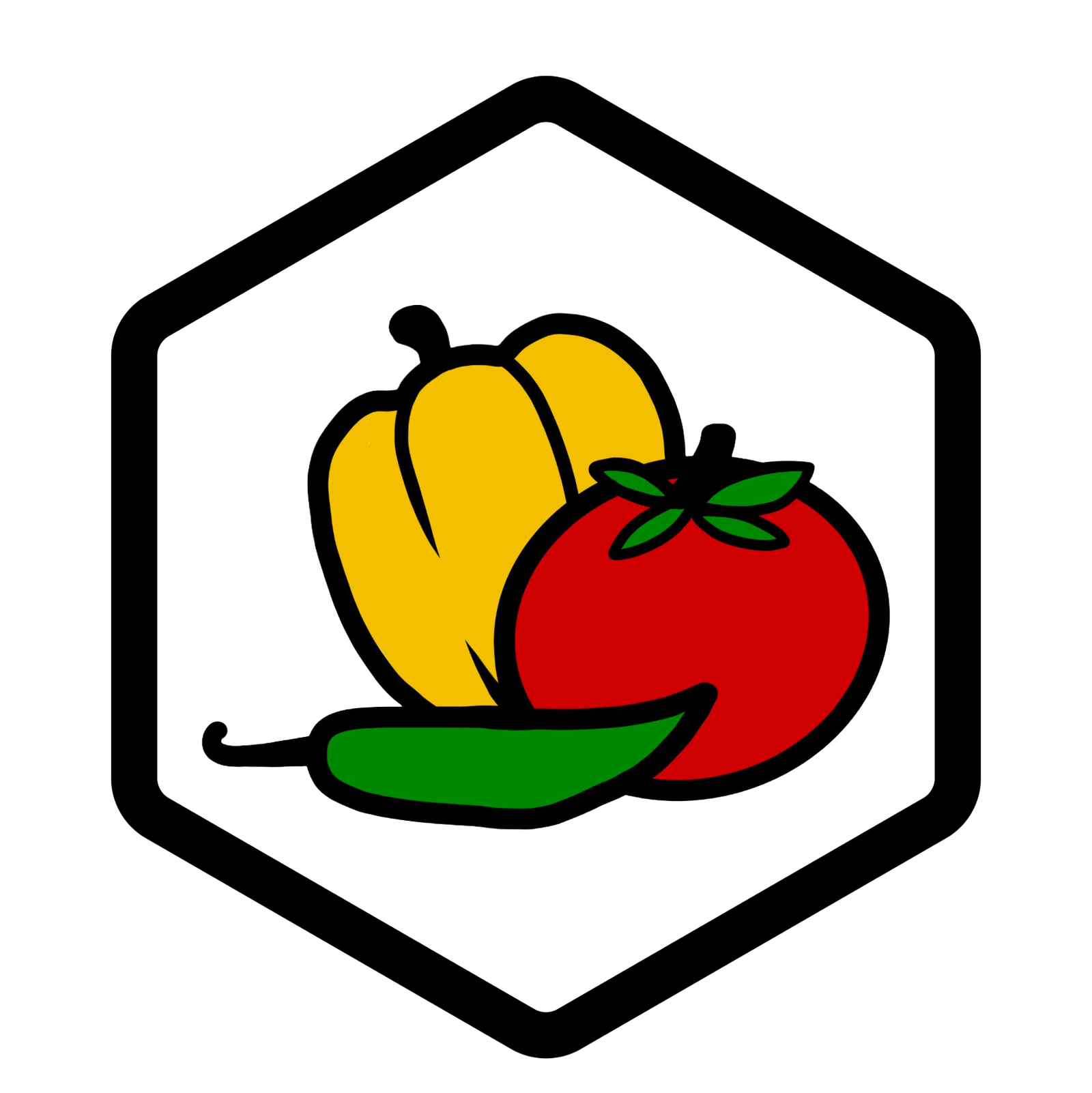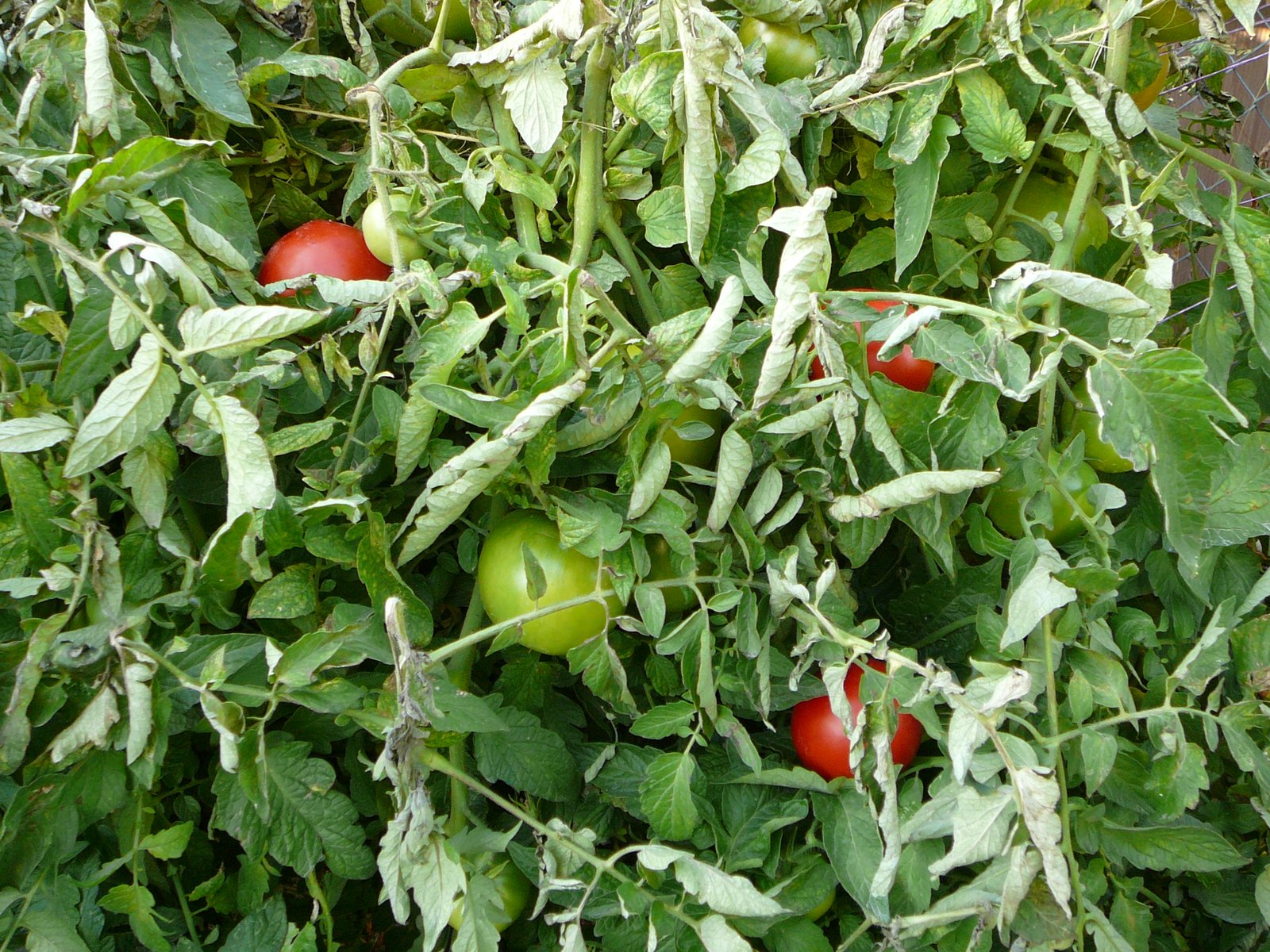Buying a seed separation machine is an investment that can pay off huge in the long run. But the hardest part about it is making sure your investment is worthwhile. Knowing where to start and what aspects to evaluate can be challenging, but that’s where this buying guide comes in. Let’s talk about the most important considerations to help you make a confident (and cost-effective!) choice.
Step 1: Understand Your Scale and Needs
Not all seed separation machines are created equal. And yours should reflect your scale and needs. A small seed manufacturer won’t need the same tools as an enterprise conglomerate. Before you start your search, it’s important to nail down these three things:
- Daily/weekly processing volume: Understanding how much you need to process will help you figure out what capacity your seed separation machine should be.
- Types of seeds/grains: Separating the seeds from tomatoes and peppers is much different than separating grain or other plants. Many machines specialize in certain types of seeds.
- Desired purity levels: Some users may be looking for research-worthy pure seeds, but others are looking for convenience for next year’s planting season.
Step 2: Compare Seed Separation Types
Seed separation machines use various methods to remove debris and sort by size, shape, density, and even color. Some are more effective than others, but it all comes down to your purpose in buying a seed separation machine.
Air Screen Cleaners
Air screen cleaners use a combination of airflow and screens to separate seeds by size and weight. They’re great for removing dust, chaff, and large debris before doing more precise separation.
Best for: General cleaning and bulk seed lots.
Gravity Separator
Gravity separators take things a step further by using air and vibration to sort seeds by density. Heavier, more viable seeds move one way, while lighter or damaged ones are removed.
Best for: Improving germination rates and overall seed quality.
Indent Cylinder Separator
Indent separators use a rotating cylinder with small indents to separate seeds by length. Shorter seeds or broken pieces are lifted out, leaving behind uniform, healthy seeds.
Best for: Creating consistent seed sizing and removing broken pieces.
Wet Seed Separator
Wet seed separators are used for crops like tomatoes, peppers, or cucumbers—anything where seeds come from wet fruit. These machines rely on water to wash away pulp and separate viable seeds from waste.
Best for: Seed-saving operations or vegetable processors working with wet crops.
Color Sorter
Color sorters use cameras and sensors to detect off-color or damaged seeds and automatically remove them with air jets.
Best for: Producing high-purity seed lots or premium seed products.
Step 3: Weigh Ease of Maintenance
Regular cleaning and maintenance make a big difference in how long your equipment lasts and how consistent your results are. Machines with easy access to parts, simple disassembly, and clean-out features will save you a lot of time in the long run.
Frequent cleaning is critical to avoid cross-contamination between seed lots. When you’re buying a seed separation machine, look for equipment designed for easy disassembly and cleaning. Check if replacement parts are readily available and whether the manufacturer offers responsive technical support.
Step 4: Learn About Support Availability
Even the best machines need service or replacement parts eventually. Before buying, find out what kind of support the manufacturer offers.
- Can you easily get replacement parts?
- Do they have a service team or technicians available?
- How responsive is their support when you need help?
Manufacturers who offer good training resources and reliable support can make a big difference in how smoothly your operation runs.
Step 5: Verify Power and Space Requirements
It sounds simple, but this step is often overlooked. Make sure your facility—or field setup—can handle the machine’s power and space needs.
Some machines are designed for mobile use in the field, while others require a permanent setup in a processing area. Confirm that your facility has the appropriate electrical service or tractor power to run the equipment safely.
Step 6: Budget for Total Cost of Buying a Seed Separation Machine
The sticker price doesn’t tell the whole story when you’re thinking about buying a seed separator. A cheaper machine might cost more in the long run if it’s less efficient or needs more maintenance.
Some things to consider:
- Upfront purchase price
- Operating costs (power, labor)
- Maintenance expenses
- Potential ROI
It’s tempting to focus on price alone, but a machine with lower operating costs or higher throughput can quickly pay for itself. Calculate the estimated cost per pound of cleaned seed over the machine’s lifespan to make an apples-to-apples comparison.
Step 7: Evaluate Manufacturer Reputation and Support
Finally, look at who you’re buying a seed separator machine from. A good manufacturer will back up their equipment with service, training, and warranties that give you confidence.
Consider working with manufacturers who have a track record. A comprehensive warranty and reliable service can save you frustration down the road.
Time to Sift through the Seed Separator Machines
Choosing a seed separation machine is an investment in your farm’s success. By taking the time to assess your needs, compare technologies, and plan for maintenance, you can be sure you’re making the right decision.
Ready for more information?
If you’re thinking about buying a seed separator machine that can handle between 1-3 tons of tomatoes an hour, our small and large wet seed separation machines are perfect for you. Learn more about our machines or request a quote today.

